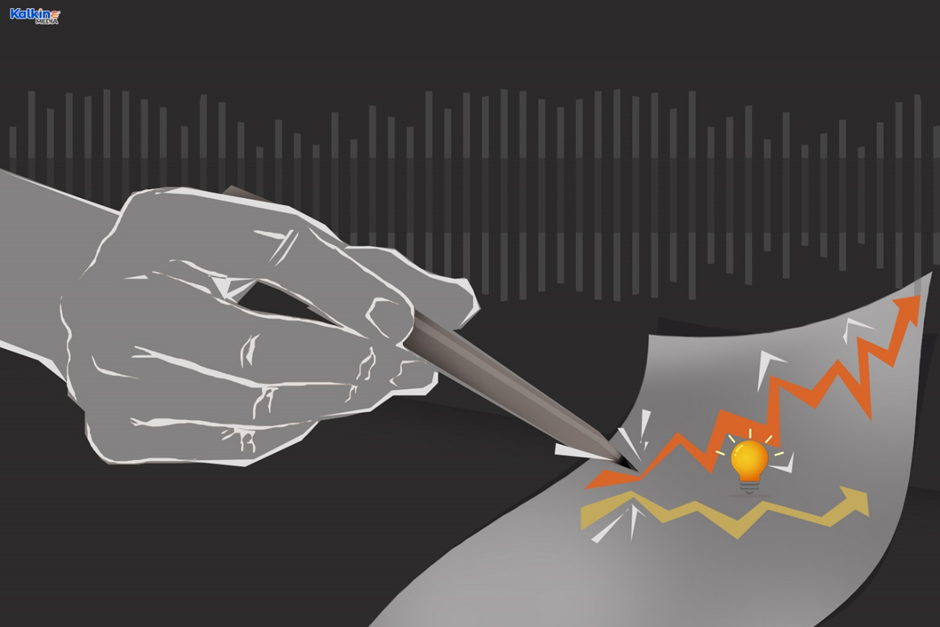Highlights
- Investing is a long-term game marked by frequent ups and downs.
- Diversification is one of the best strategies to mitigate the risk of severe portfolio losses.
- An increase in volatility during uncertain times also provides some of the best opportunities to invest.
The year 2022 hasn’t materialised into a good year for global markets so far. Investors across the globe have seen a sizable chunk of their portfolio vanish even before the end of January. Concerns over the COVID-19 situation coupled with the US Fed’s hawkish stance over the interest rate hike and geo-political tensions are all making investors flee to safe-haven assets.

Image Source: © 2022 Kalkine Media®
However, investors must remember that investing is a long-term game, and that frequent ups and downs are part and parcel of this journey. Returns from equity markets are never linear and quite a few times, increased volatility might force investors to liquidate their holdings and sit on the sidelines for a while. Rather than worrying or stressing too much about your portfolio, here are a few simple tips you can use to sail through these tough times.
Read More: How has 2022 treated Australia’s big four banks so far?
- Diversify your portfolio
Diversification is one of the best strategies to mitigate the risk of severe portfolio losses. Diversification simply means spreading your bets across sectors or asset classes so that the overall portfolio can be saved from the concentrated risk of investing in just one sector or an asset.
The underlying premise is that there is lesser probability of all the sectors or assets classes falling at once, and some uncorrelated assets might even hedge the portfolio. For example, investing in gold is generally a good hedge for equity investments in times of global uncertainty such as a geo-political tension or the recent COVID-19 pandemic.
- Always keep cash handy
The spike in volatility during uncertain times also provides some of the best opportunities to invest. Knee-jerk reactions led by mass pessimism during volatile times lead to sizable corrections which are some of the best dips to be capitalised upon (in case of a fundamentally strong company.
However, an investor can only take advantage of a dip when he has enough cash at his disposal to invest. Therefore, investors should try to keep some cash ready to invest anytime. This way an investor can seize the opportunity as and when it arrives.
- Develop psychological resilience
If you think investing in the financial markets is all analytical, you couldn’t be farther from the truth. In fact, the art of investing demands more of psychological resilience than an analytical mindset. At the end of the day, it does not matter how sophisticated or in-depth the analysis is, the outcome will always be uncertain and there will always be a possibility of a failed analysis.
It’s not that analysis is not important, but what’s of higher significance is the strength of being able to sustain drawdowns, sailing through volatility, not panicking when everyone is running for cover and overcoming greed & fear. Thus, resilience has a huge impact on the investing journey of an investor.
Bottom Line
Investing in stock markets is akin to a roller coaster ride. Unlike fixed income securities, equities might serve investors with higher drawdowns, volatility and the potential returns. However, in case of unstable times, one need not be haunted by fears of a market crash but could use some proven techniques to mitigate the risk and enjoy the returns which the market has to offer.
.jpg)


